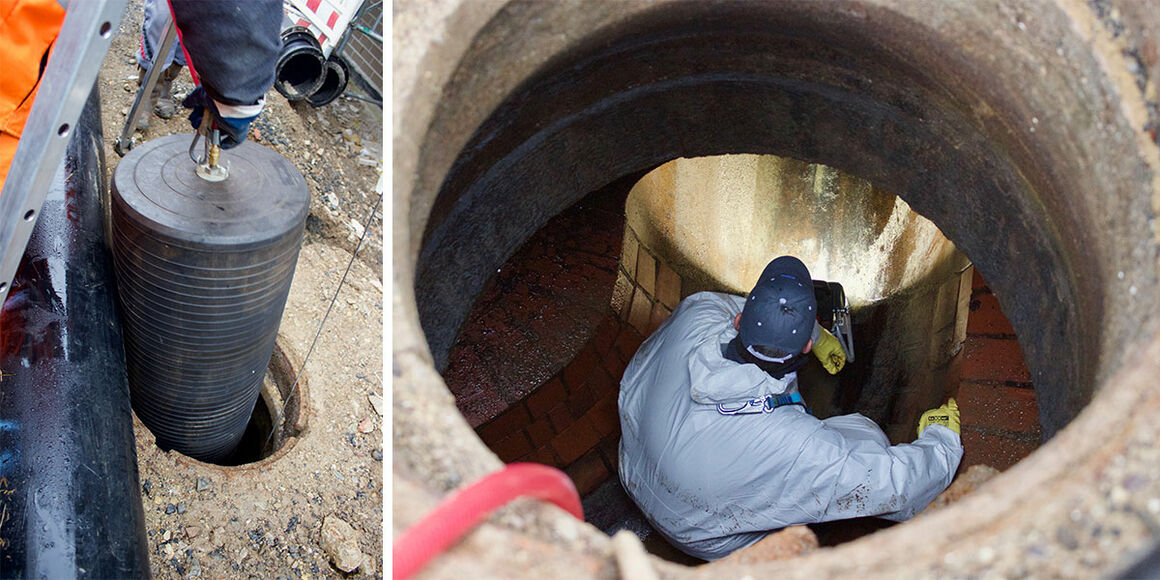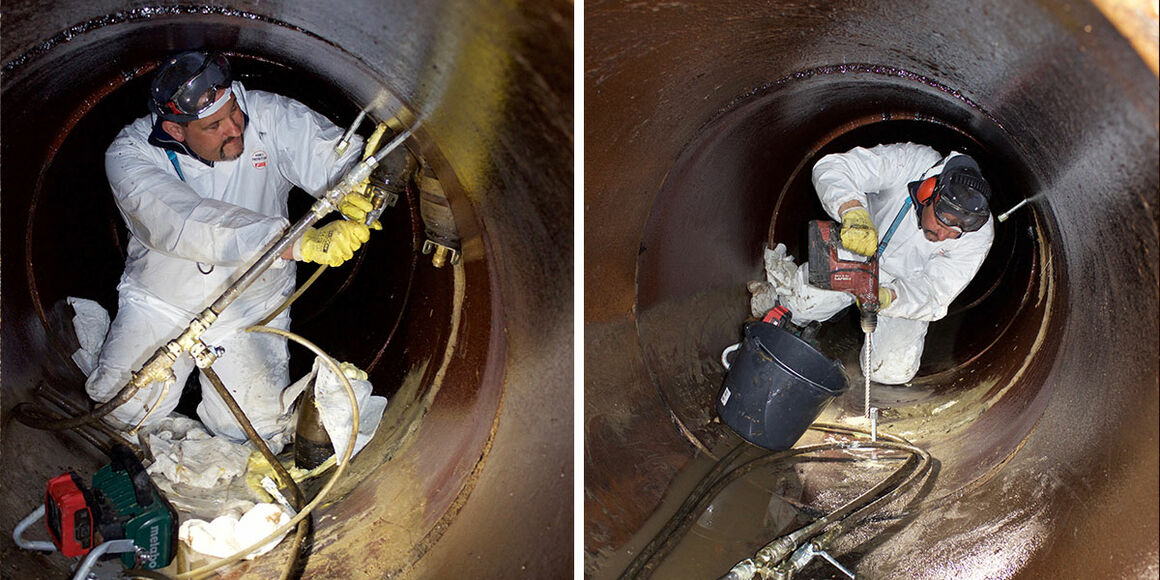Göttingen is by far THE university city when it comes to southern Lower Saxony. With a proportion of around 20 per cent students in the population, city life is heavily influenced by the educational and research operations of the Georg August Universität, the oldest and biggest university in Lower Saxony, as well as of two other universities. And, as with other university cities, affordable student apartments are rare and highly sought after. To remedy the situation, there is currently a new building with 170 student apartments being brought into existence in a centrally-located spot in Göttingen. A complex new build-project which began in summer 2016. However, before this could get started at all, various subsoil investigations took place in order to seek out any potential “dangers” in the ground, such as unexploded ordinance and other remnants of military conflicts, or to carry out geological ground surveys. In order to carry out these examinations of the ground, a thread with an approximate diameter of 10 centimeters was drilled deep into the subsoil. In doing this, there were initially no abnormalities to be found. However, these did arise when the Göttingen waste disposal service inspected main wastewater sewer DN 1000, which runs along the length of the plot of land set aside for the new building, in August 2017 via TV inspection as part of a follow-up to the ground investigations.
Multiple signs of damage to the sewer with groundwater ingress were determined. “A ‘delicate’ situation”, according to Martin Wloch, employee of the Göttingen waste disposal service, particularly as the damaged sewer acts as a “collector”. This means that the entire wastewater from the medical clinic, which is situated directly adjacent to the plot of land, also runs through here. A remedy had to be found as soon as possible. In response, the Göttingen waste disposal service got in touch with the experts at Schwalm Kanalsanierung. The two companies had already worked together wonderfully in the past, particularly in “difficult” cases. No sooner said than done! An appointment for repairing the damages to the sewer was quickly established between Michael Draband, Construction Manager for Schwalm Kanalsanierung, and Martin Wloch.
March 28, 2018 - The Schwalm sewer renovation team moves in on the building site, with their expert team of Michael Draband, Andreas Breul, Marcel Preuß and Sebastian Schwalm. To protect the sewer from water ingress, and to make it accessible, a shut-off bladder was first professionally set. Parallel to this, the accumulating wastewater was recirculated. After this, the holes in the side walls and the groundwater which was flowing in from the ground was visually inspected.
After a discussion of the situation and a safety briefing with the team from the Göttingen waste disposal service, the expert team from Schwalm Kanalsanierung began with the planned renovation works. At this stage, three steps had to be carried out. 1. Manual sealing of the holes with a quick-drying mortar (within 30 seconds), 2. Setting Injection plug and 3. Direct injection with SPESAN resin.
This process is repeated a few times until all holes are plugged. After this, a well-earned break is due. The SPESAN resin has to react before the next step can be taken. After the drying time, the filling of the reworked and properly-sealed holes can take place in order to create smooth sewer walls. With this, work is concluded on this day with the best possible outcome.
The next step of this sewer renovation project envisions the installation of an AMEX sleeve, a system for the internal sealing of pipelines, for the following morning. And everything goes according to plan. The good work from the previous day pays off. The AMEX sleeve is inserted within a short space of time, and the sewer is completely watertight.


